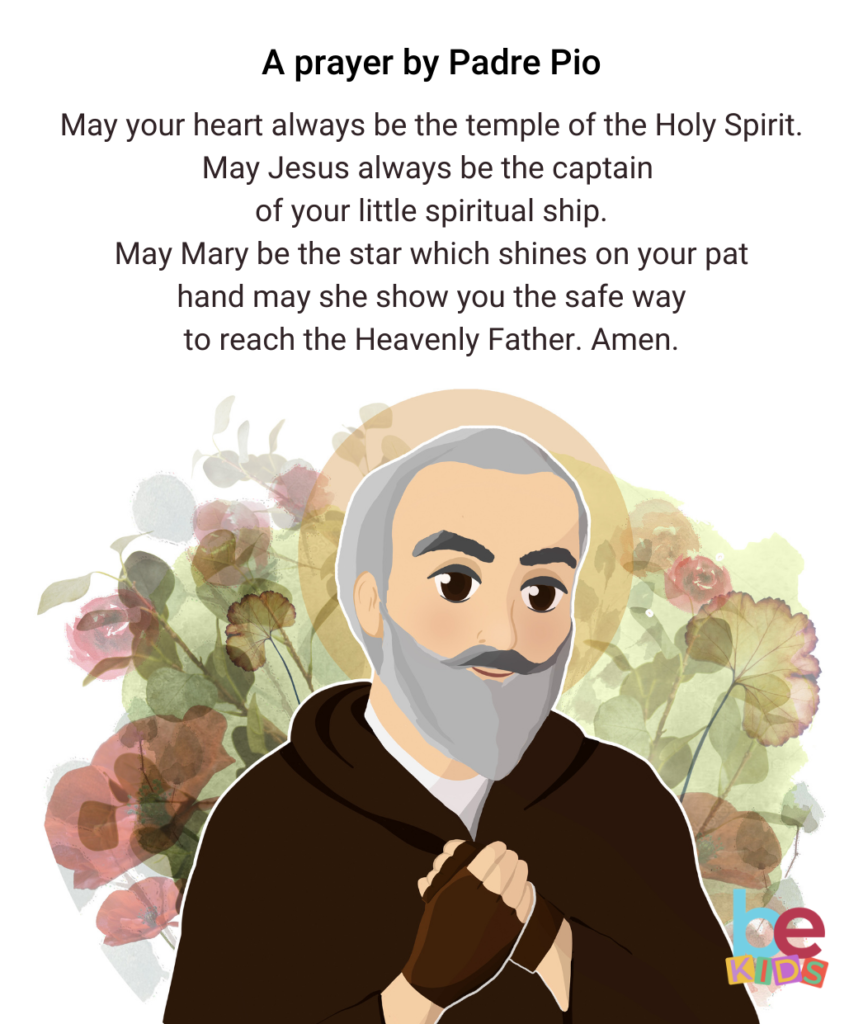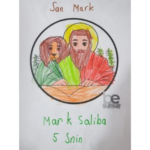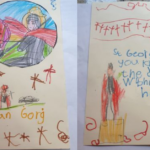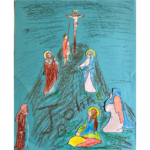
St Padre Pio is the saint for Reconciliation. He is the saint who carried the wounds of the suffering Christ for the most part of his life.
Through long hours in the confessional, Padre Pio brought down, through the Sacrament of Reconciliation, Christ’s open arms to welcome all those who want to return to His loving embrace.
St Padre Pio mirrored the love of Jesus and His suffering for our salvation, in the wounds he carried on his body. We will be mirroring God’s love for us when we forgive those who hurt us as He forgives us all our shortcomings.
Padre Pio is also known as Saint Pio of Pietrelcina. This famous saint amongst our elders is well known to help people from all over the world to get closer to God through the Sacrament of reconciliation. He helped the poor, founded a hospital and lots of prayer groups. Padre Pio is well known for his stigmata (red marks) on his palm of his hands.












